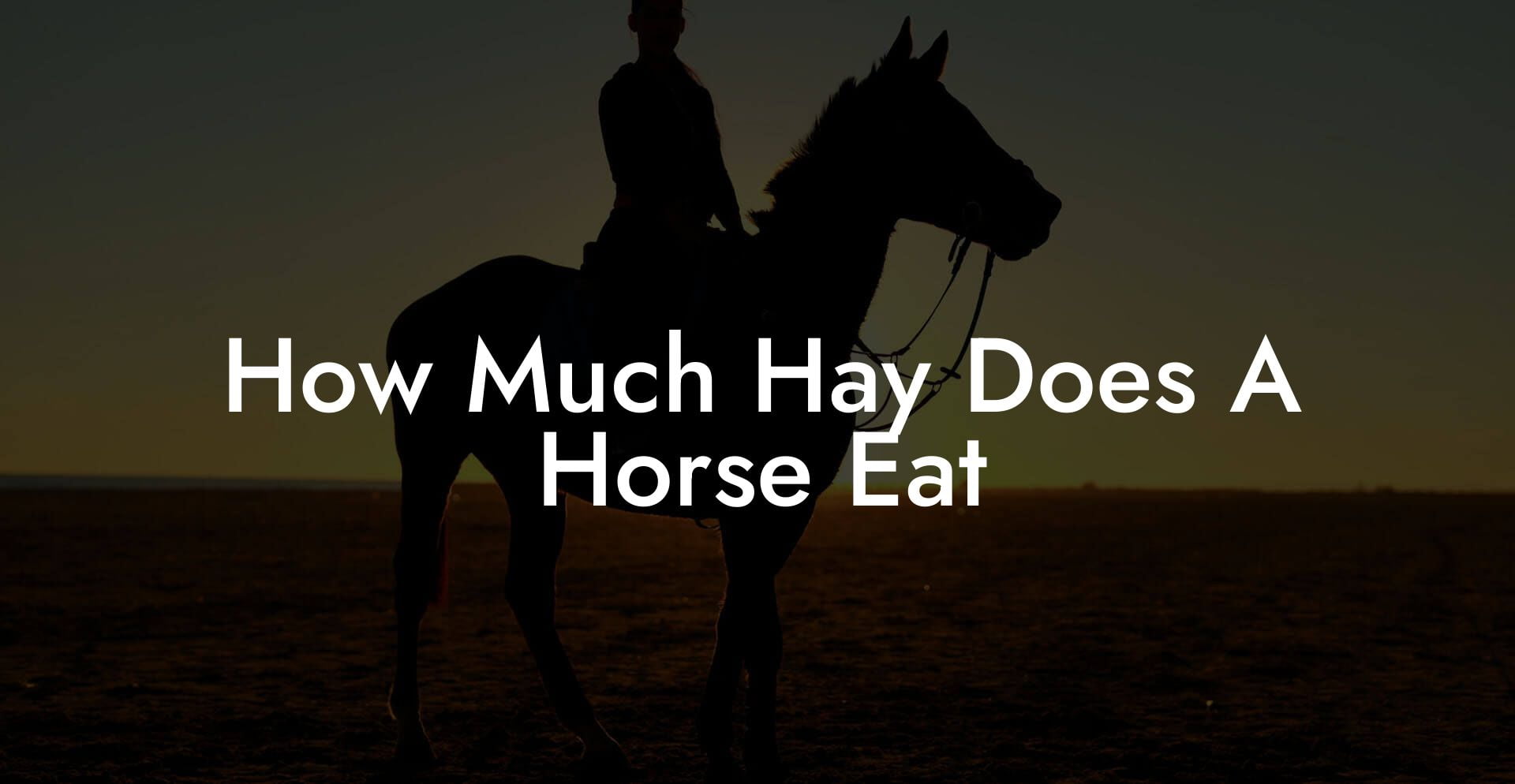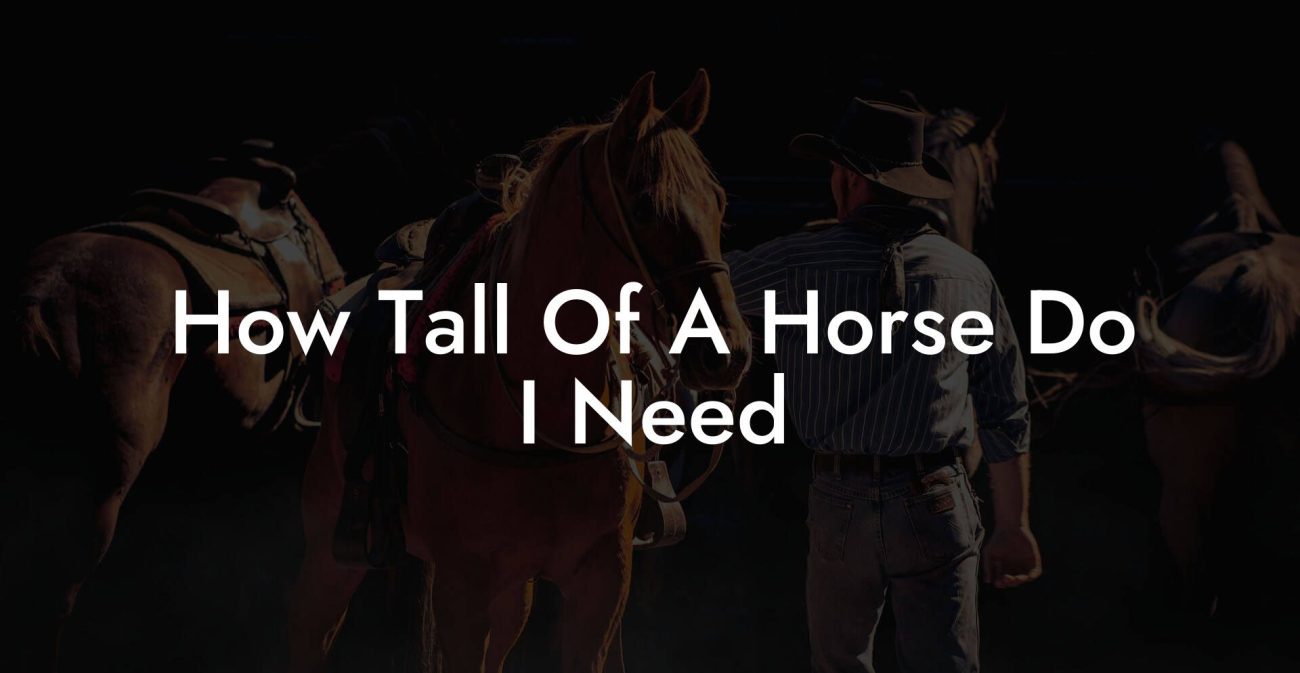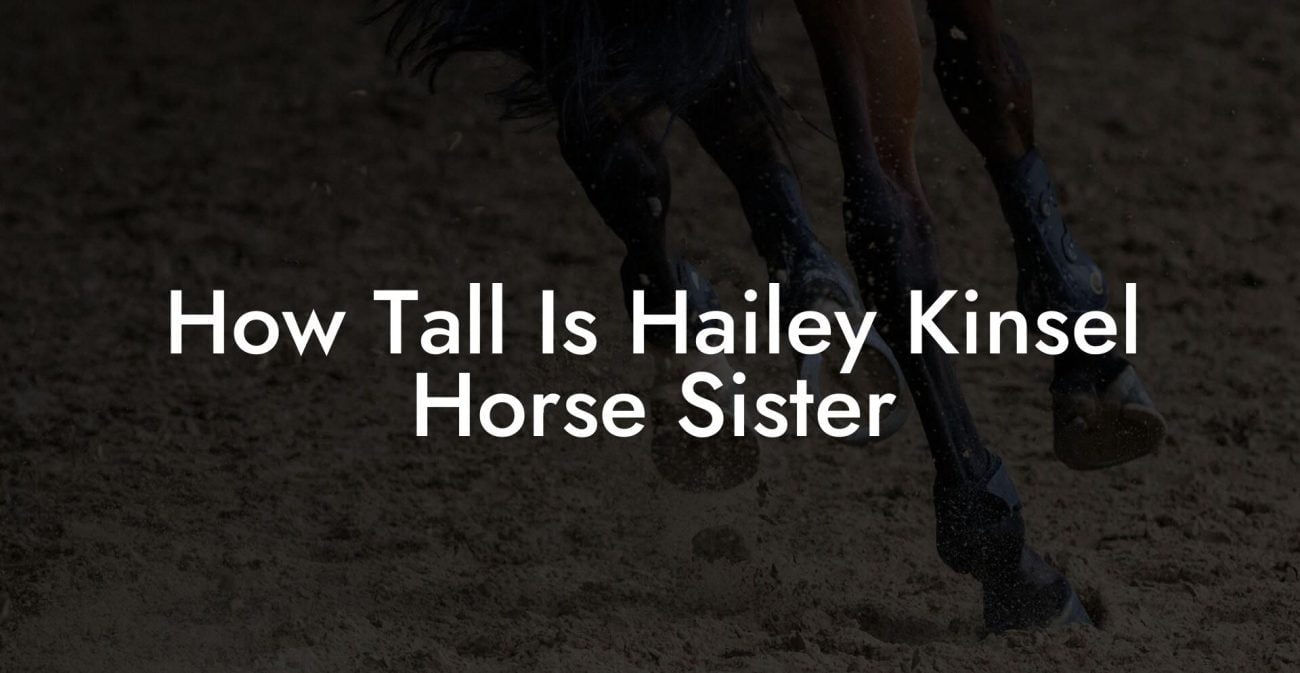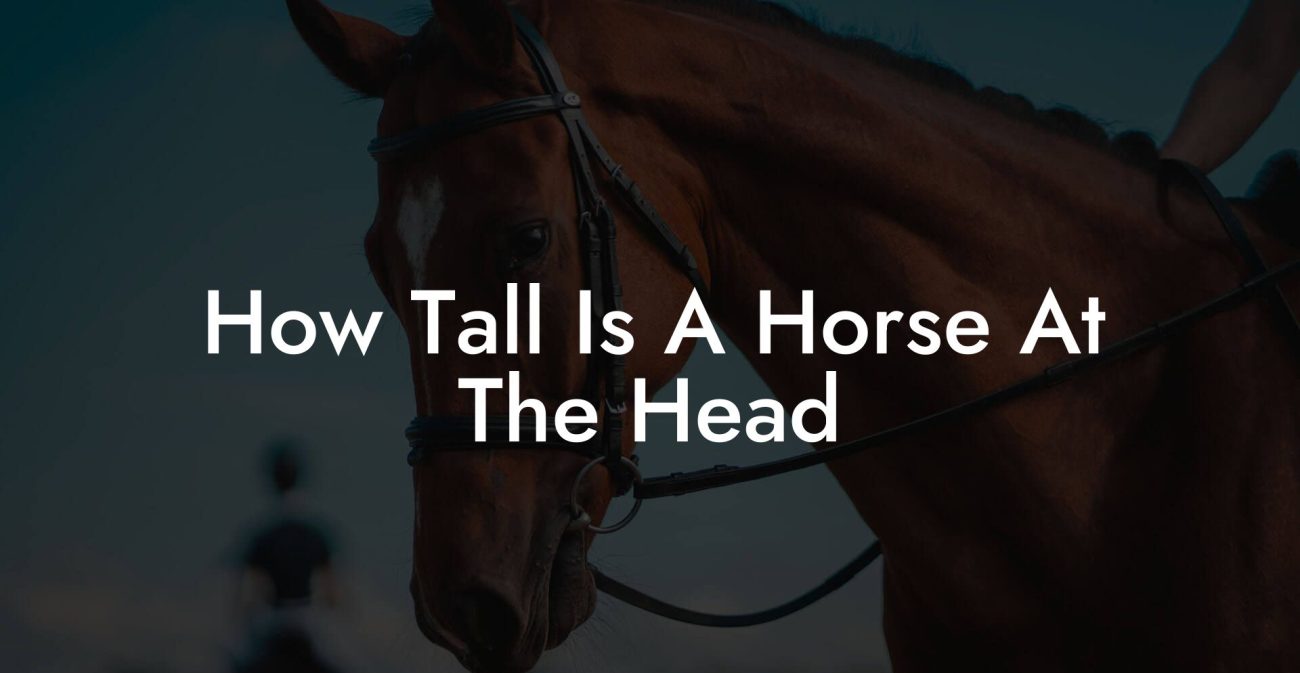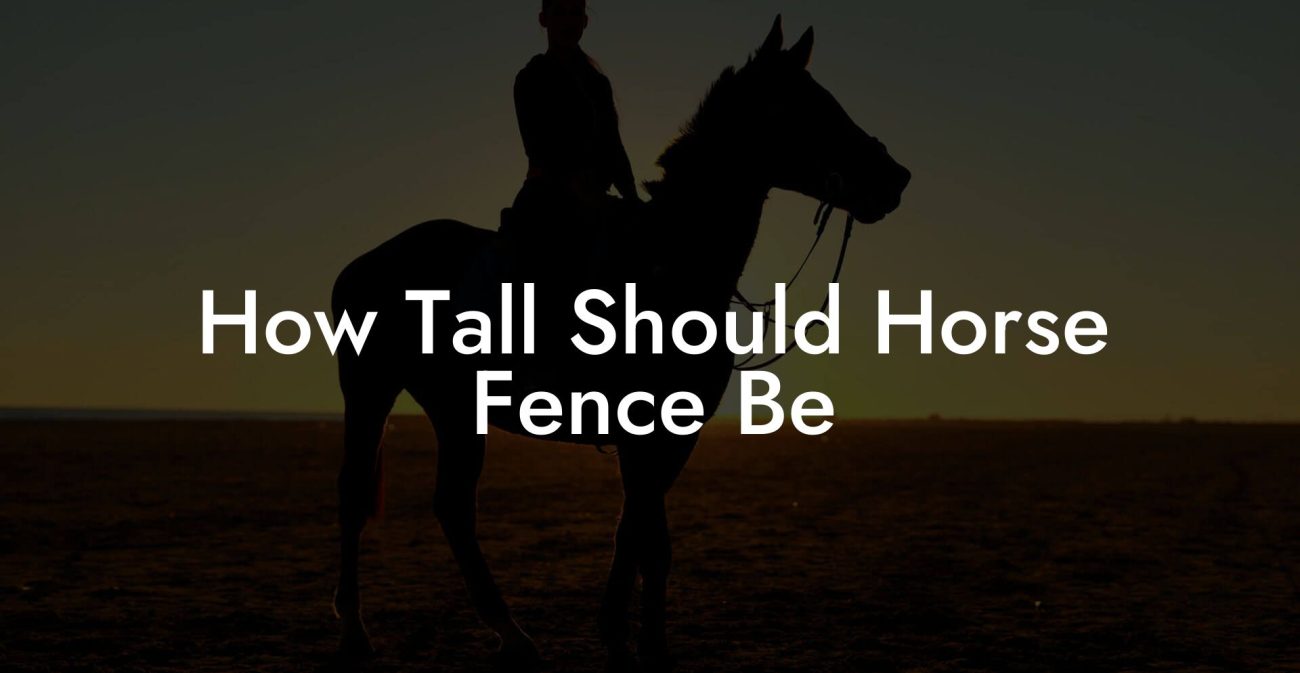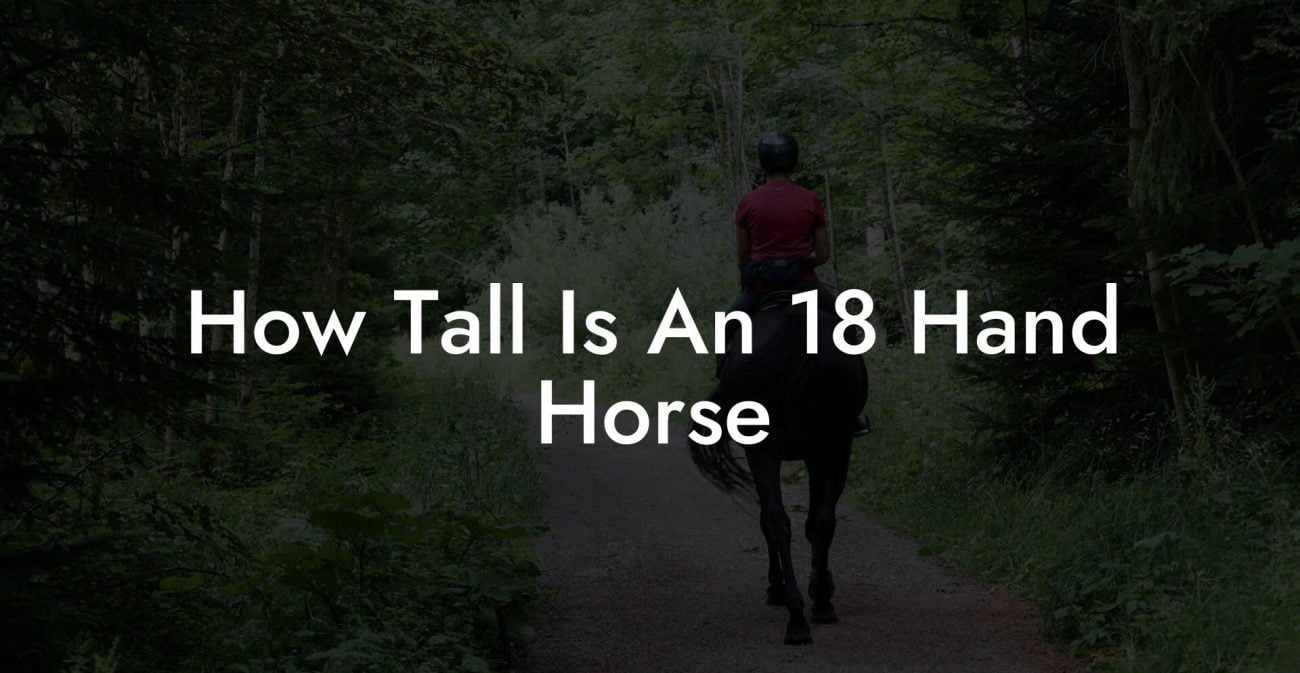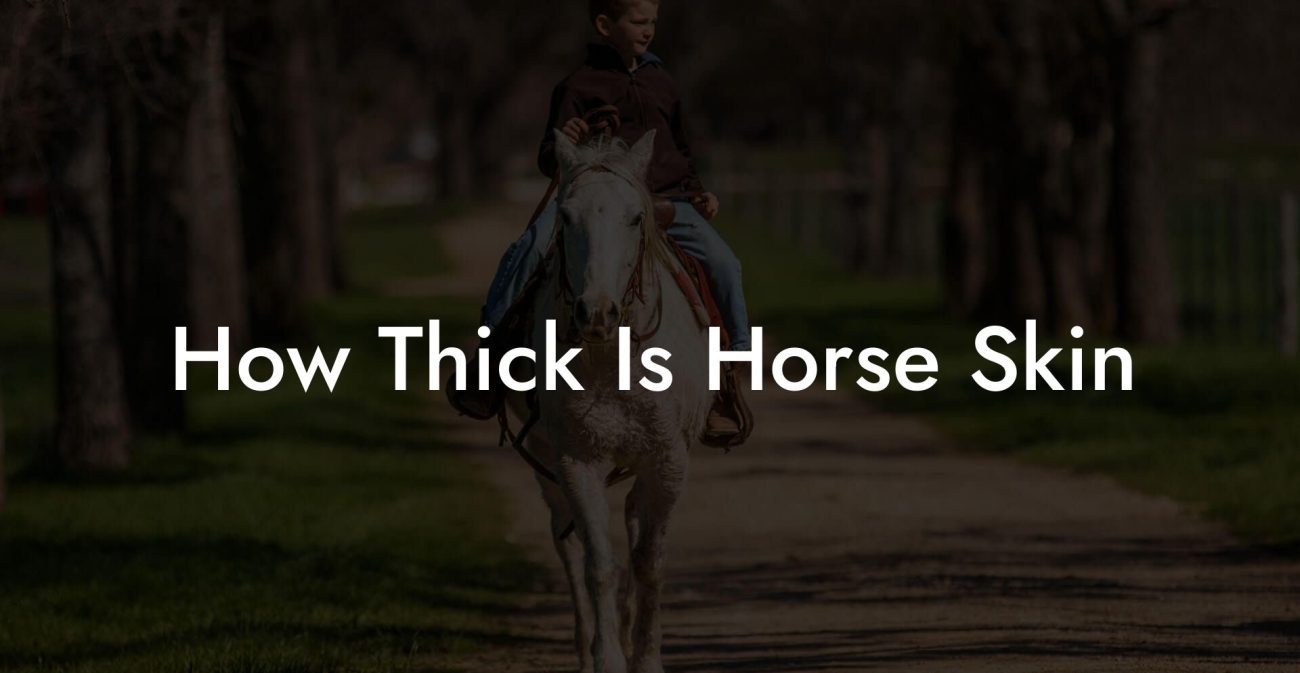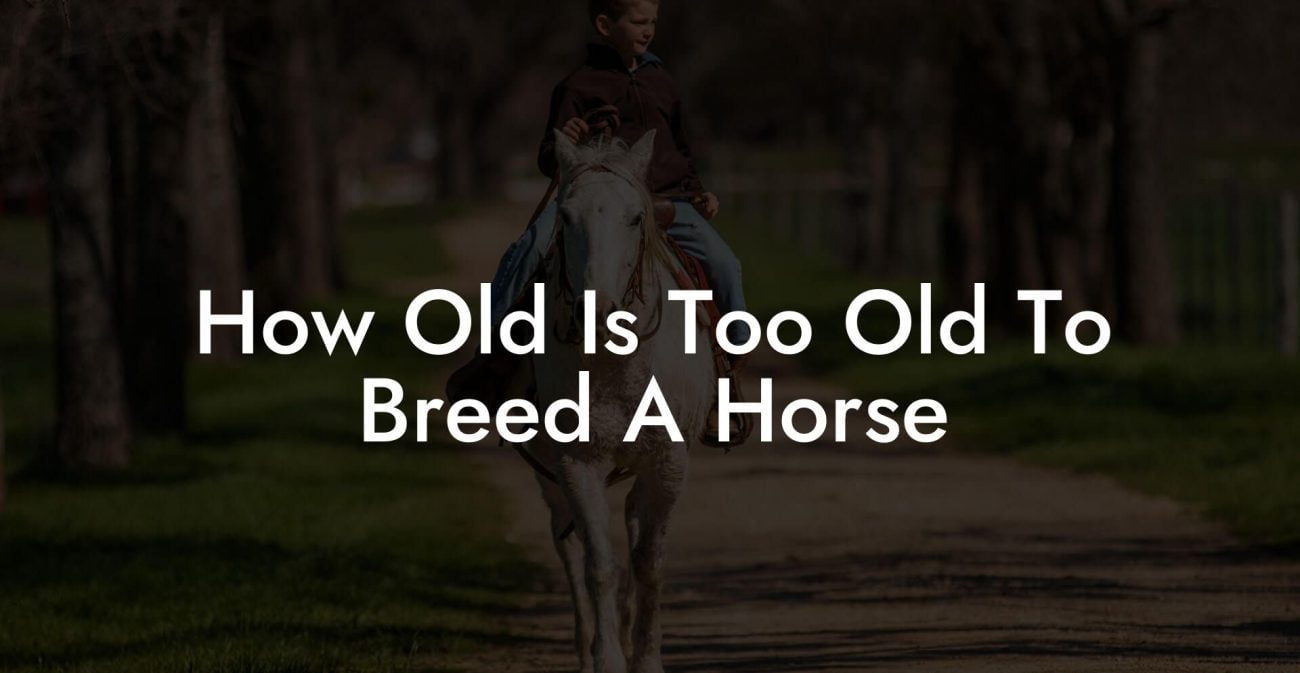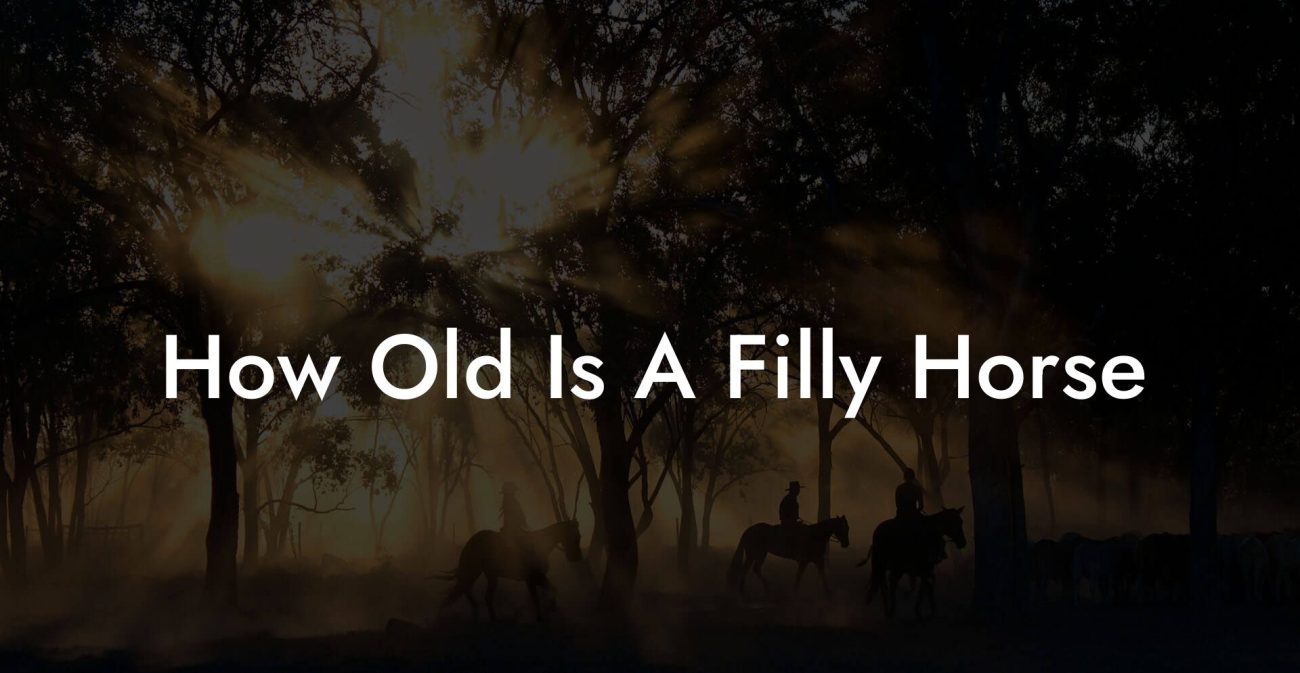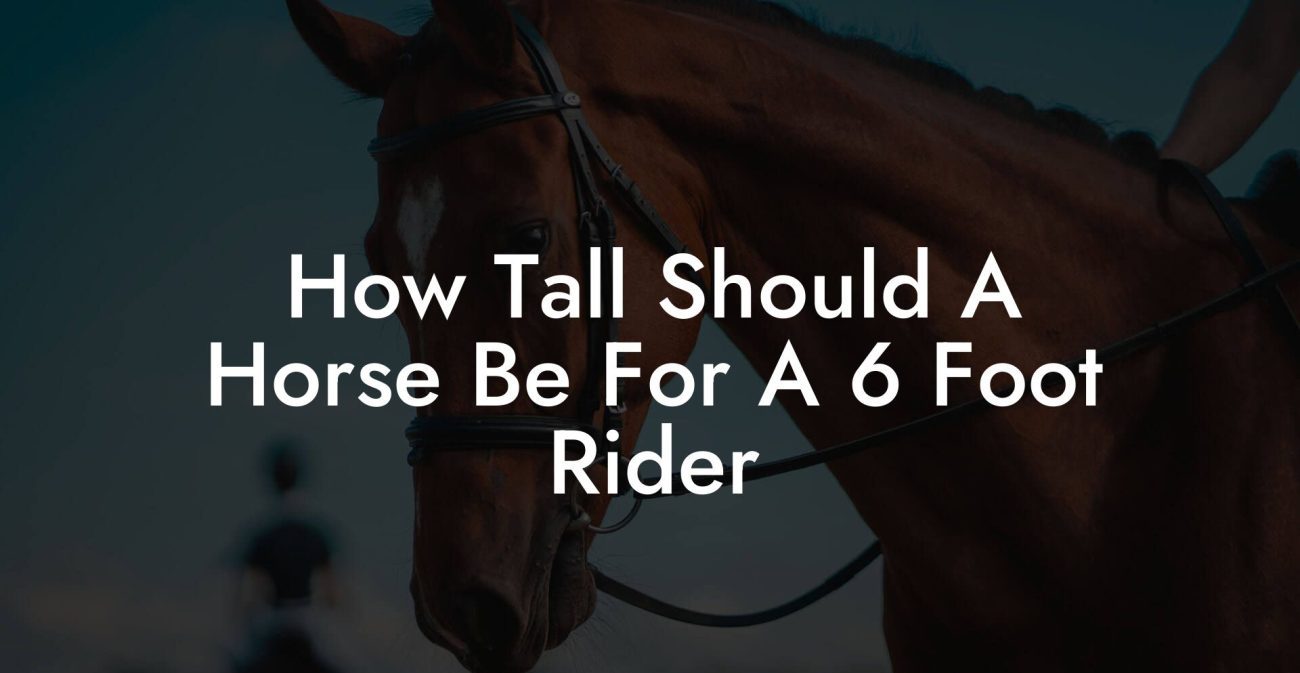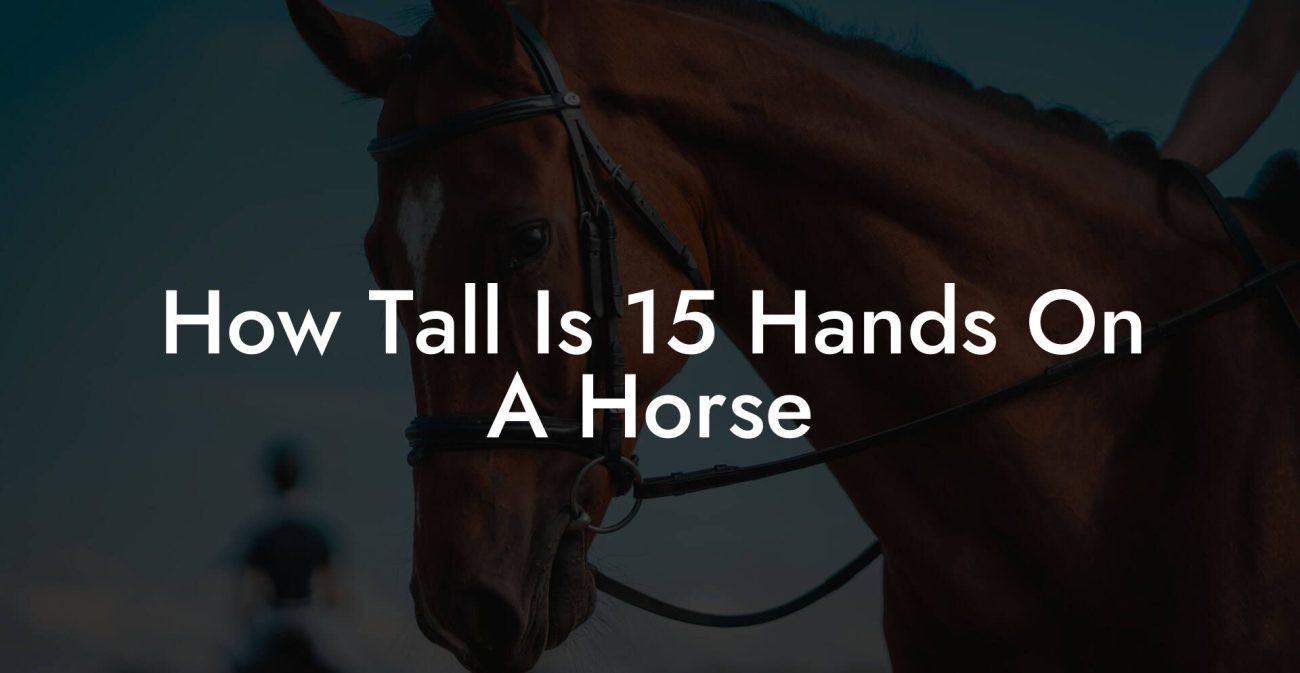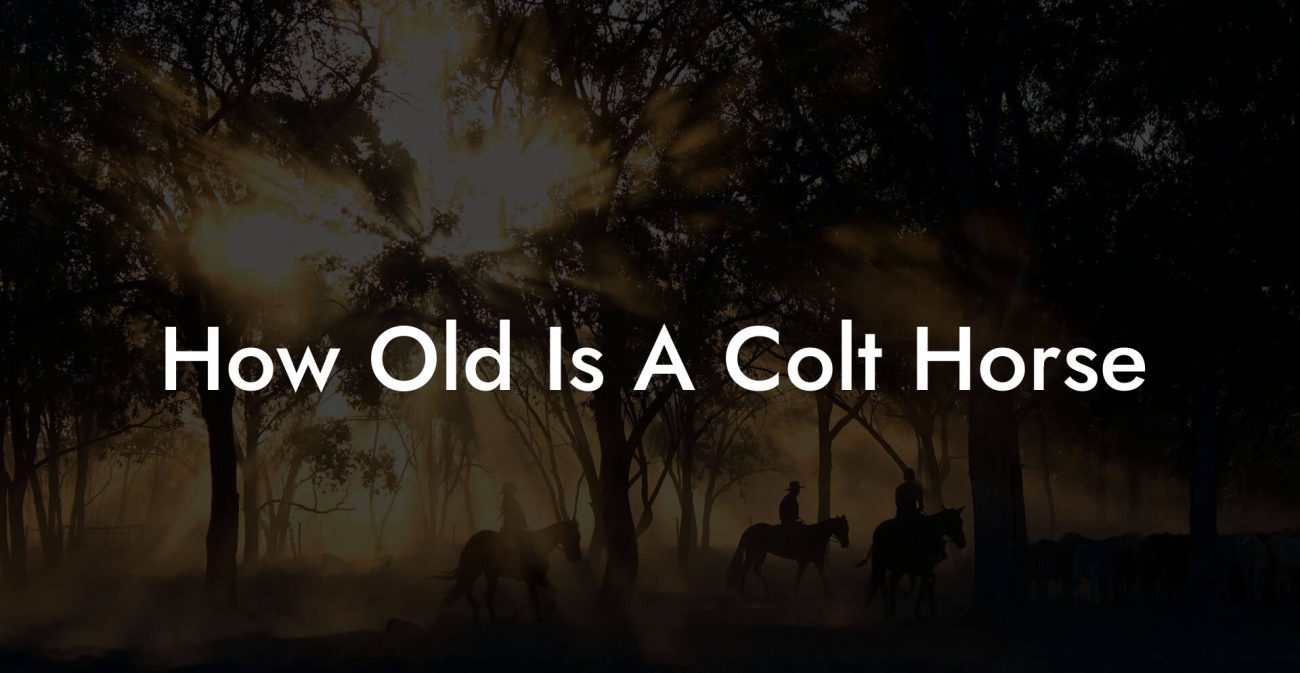When it comes to owning a horse, one of the most essential responsibilities is ensuring that their diet is nutritious, balanced, and meets their daily needs to thrive. The primary ingredient in a horse's diet is hay, and as horse owners, it's vital to understand the amount of hay a horse should consume daily. In this guide, we will dive deep into how much hay your horse requires and what factors can contribute to those needs. Let's gallop into the world of hay, its crucial role in your horse's diet, and how we can optimize their health and happiness through proper feeding.
How Much Hay Does A Horse Eat Table of Contents
Hay is the most significant dietary component for horses. It is comprised of dried grasses or legumes, such as alfalfa, that provide important nutrients and calories needed for a horse's growth, maintenance, and overall health. The type of hay you feed your horse will depend on its age, exercise level, and health status. As a general rule, horses should consume 1.5 to 2.0% of their body weight in hay per day, equating to approximately 15-20 pounds of hay for a 1000-pound horse. However, this is not a one-size-fits-all guideline, as individual horses' hay consumption will vary based on a few factors.
Factors that Influence Hay Consumption:
1. Age: Older horses generally have a harder time maintaining body weight and may need more hay, while younger horses have different nutritional needs due to growth stages. Foals and weanlings should consume 2.0 to 2.5% of their body weight in hay per day.
2. Exercise Level: Horses with a high exercise level, such as show or race horses, will need a higher calorie intake to replenish their energy stores. They may require up to 2.5% of their body weight in hay daily to meet their energy demands.
3. Health Status: Horses with pre-existing medical conditions, such as dental issues or metabolic disorders, might need their hay consumption adjusted accordingly. A horse with dental issues may struggle to chew hay sufficiently, while horses with metabolic disorders might require specific types of hay.
4. Weight and Body Condition: If a horse is underweight, it will need to consume more hay to gain weight. On the other hand, if a horse is overweight, limiting hay intake can help improve its body condition.
How Much Hay Does A Horse Eat Example
For example, let's say you have a 1000-pound adult horse in light work. According to the general rule, this horse would need to consume 1.5 to 2.0% of its body weight in hay each day, which is 15-20 pounds. However, considering this horse exercises regularly, its hay consumption should be adjusted towards the higher end of the range, closer to 20 pounds per day.
Feeding your horse the right amount of hay can make a world of difference in their overall health, happiness, and performance. Understanding the factors that influence their dietary needs is essential in creating a balanced and nutritious diet for your equine friend. Don't forget to consult your veterinarian to determine the specific hay requirements for your individual horse, ensuring the best possible care for your beloved companion.
Now that you've learned the ropes on hay consumption for horses, be sure to share this guide with other horse owners and explore more insightful articles on How to Own a Horse. Together, we can promote better horse health and care for our equine partners.
Meta Description
Discover the importance of hay in your horse's diet and the factors that influence daily consumption. Learn how to provide optimal nutrition and care for your equine friend.

